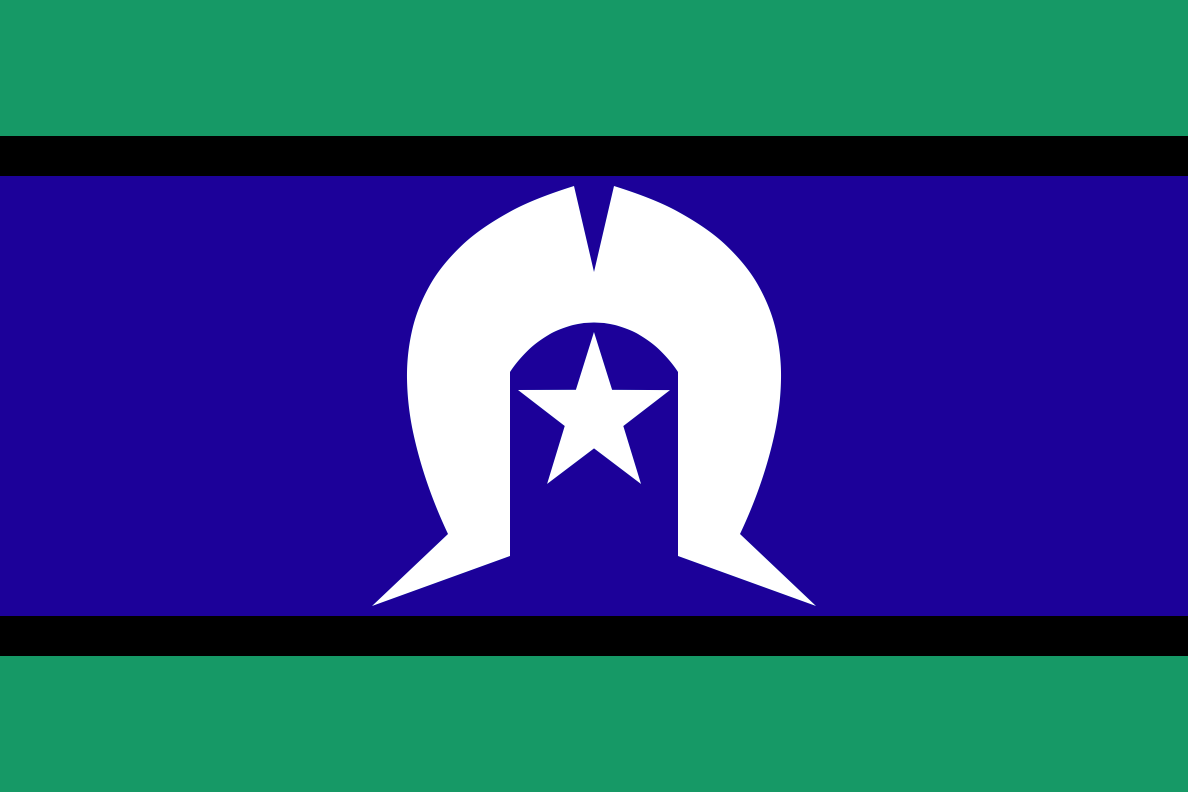Classification rules for Frame Running in Australia.
Posted on 6th Dec 2022

Classification is an important part of competitive sports, including Frame Running. Classification helps to ensure that athletes are competing against others with similar abilities, and allows for fair and equitable competition.
In Frame Running, classification is based on the athlete’s functional ability and level of impairment. This can include factors such as the athlete’s level of mobility, endurance, and coordination.
Athletes who wish to compete in official or national Frame Running events must undergo classification, which is typically conducted by a panel of trained classifiers. The classifiers will assess the athlete’s functional abilities and determine their classification category.
There are several classification categories in Frame Running, which are based on the athlete’s functional abilities and level of impairment. These categories include:
- T33: This category is for athletes with moderate to severe impairments in leg function, including athletes with cerebral palsy, spinal cord injuries, and other neurological conditions.
- T34: This category is for athletes with moderate to severe impairments in arm and leg function, including athletes with cerebral palsy, spinal cord injuries, and other neurological conditions.
- T35: This category is for athletes with severe impairments in leg function, including athletes with cerebral palsy, spinal cord injuries, and other neurological conditions.
Classification in Frame Running is an ongoing process, and athletes may be re-classified if their functional abilities change over time. The classification categories are reviewed and updated on a regular basis to ensure that they reflect the latest scientific and medical knowledge about the functional abilities of athletes with disabilities.
Classification is an important part of Frame Running and helps to ensure that athletes are competing against others with similar abilities. By providing a fair and equitable system for competition, classification helps to promote inclusion and accessibility in sports.
How can one get started in Frame Running?
Freedom Wheels now has capacity for Frame Running trials in Metro Melbourne!
Freedom Wheels Occupational Therapists runs weekly clinics at its head office in Abbotsford.
Each clinic is completely Free and obligation free, giving each rider the perfect opportunity to try Frame Running in a safe and comfortable environment.
Step 1: Learn more about Frame Running on our dedicated page here
Step 2: Fill out our enquiry form here
Step 3: Make sure to indicate that you are interested in Frame Running
Step 4: Get booked in and attend your Free Frame Running session!
Where else can I learn about Frame Running?
Here are some important links that will help you on your Frame Running journey.
RaceRunning Australia – the go-to place for all your Frame Running questions! You can visit their website here
Disability Sport Australia – also is involved with Frame Running. You can contact them here
GIO Summer Down Under – The upcoming national Frame Running event of the year! Check out the event here
Our Youtube Channel – has an ever-growing library on videos around Frame Running and Freedom Wheels. Watch here
How else can I contact Freedom Wheels?
You can visit our Facebook page here, or our Instagram page here.
Make sure to visit our Frame Running Youtube Playlist for more videos on Frame Running.
You can also call us on 1300 663 243.
Adaptive sports, Disability sports, Cerebral palsy running, Frame Runner equipment, Para-athletics, Frame Running competitions, Paralympic sport Adaptive running events, Disability running events, Three-wheeled running frames, Frame Running Australia, Running Sports.



